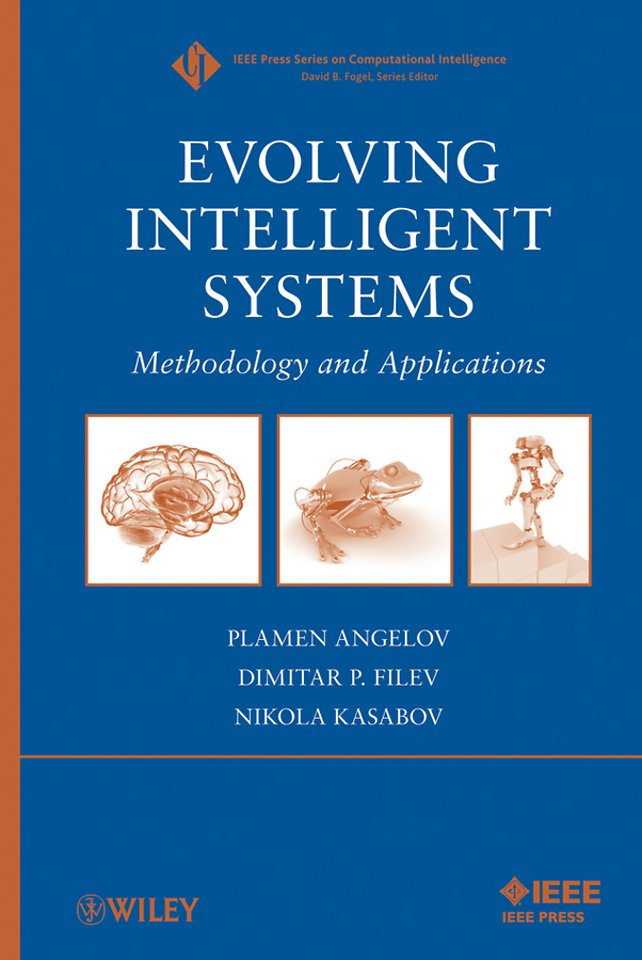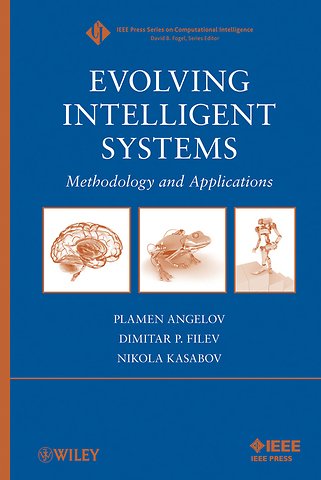Evolving Intelligent Systems
Methodology and Applications
Samenvatting
This is the first self–contained book that covers the topic of Evolving Intelligent Systems in its entirety, from a systematic methodology to case studies and real industrial applications. There is a clear demand for a treatment of this topic in advanced process industries, defense, and Internet and communication (VoIP) applications for intelligent yet adaptive/evolving systems. The book targets researchers, engineers, postgraduate students, and practitioners in advanced process industries, applied mathematicians, software developers of agent–oriented systems, and developers of embedded and real–time systems.
Specificaties
Inhoudsopgave
<p>Evolving Intelligent Systems.</p>
<p>The Editors.</p>
<p>PART I: METHODOLOGY.</p>
<p>Evolving Fuzzy Systems.</p>
<p>1. Learning Methods for Evolving Intelligent Systems (R. Yager).</p>
<p>2. Evolving Takagi–Sugeno Fuzzy Systems from Data Streams (eTS+) (P. Angelov).</p>
<p>3. Fuzzy Models of Evolvable Granularity (W. Pedrycz).</p>
<p>4. Evolving Fuzzy Modeling Using Participatory Learning (E. Lima, M. Hell, R. Ballini, and F. Gomide).</p>
<p>5. Towards Robust and Transparent Evolving Fuzzy Systems (E. Lughofer).</p>
<p>6. The building of fuzzy systems in real–time: towards interpretable fuzzy rules (A. Dourado, C. Pereira, and V. Ramos).</p>
<p>Evolving Neuro–Fuzzy Systems.</p>
<p>7. On–line Feature Selection for Evolving Intelligent Systems (S. Ozawa, S. Pang, and N. Kasabov).</p>
<p>8. Stability Analysis of an On–Line Evolving Neuro–Fuzzy Network (J. de J. Rubio Avila).</p>
<p>9. On–line Identification of Self–organizing Fuzzy Neural Networks for Modelling Time–varying Complex Systems (G. Prasad, T. M. McGinnity, and G. Leng).</p>
<p>10. Data Fusion via Fission for the Analysis of Brain Death (L. Li, Y. Saito, D. Looney, T. Tanaka, J. Cao, and D. Mandic).</p>
<p>Evolving Fuzzy Clustering and Classification.</p>
<p>11. Similarity Analysis and Knowledge Acquisition by Use of Evolving Neural Models and Fuzzy Decision (G. Vachkov).</p>
<p>12. An Extended version of Gustafson–Kessel Clustering Algorithm for Evolving Data Stream Clustering (D. Filev, and O. Georgieva).</p>
<p>13. Evolving Fuzzy Classification of Non–Stationary Time Series (Y. Bodyanskiy, Y. Gorshkov, I. Kokshenev, and V. Kolodyazhniy).</p>
<p>PART II: APPLICATIONS OF EIS.</p>
<p>14. Evolving Intelligent Sensors in Chemical Industry (A. Kordon et al.).</p>
<p>15. Recognition of Human Grasps by Fuzzy Modeling (R Palm, B Kadmiry, and B Iliev).</p>
<p>16. Evolutionary Architecture for Lifelong Learning and Real–time Operation in Autonomous Robots (R. J. Duro, F. Bellas and J.A. Becerra) 17. Applications of Evolving Intelligent Systems to Oil and Gas Industry (J. J. Macias Hernandez et al.).</p>
<p>Conclusion.</p>

